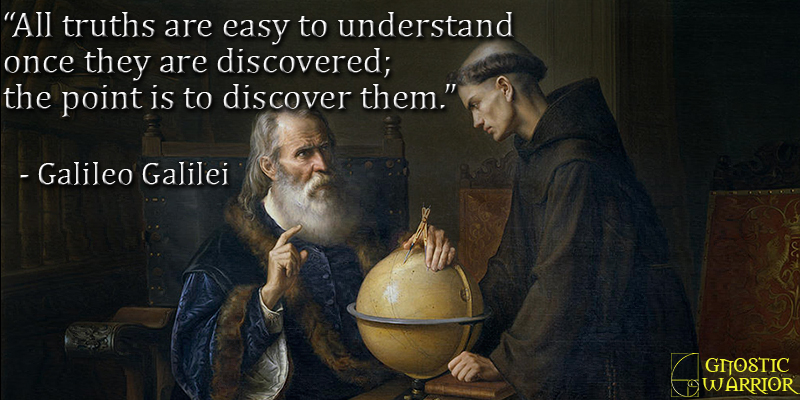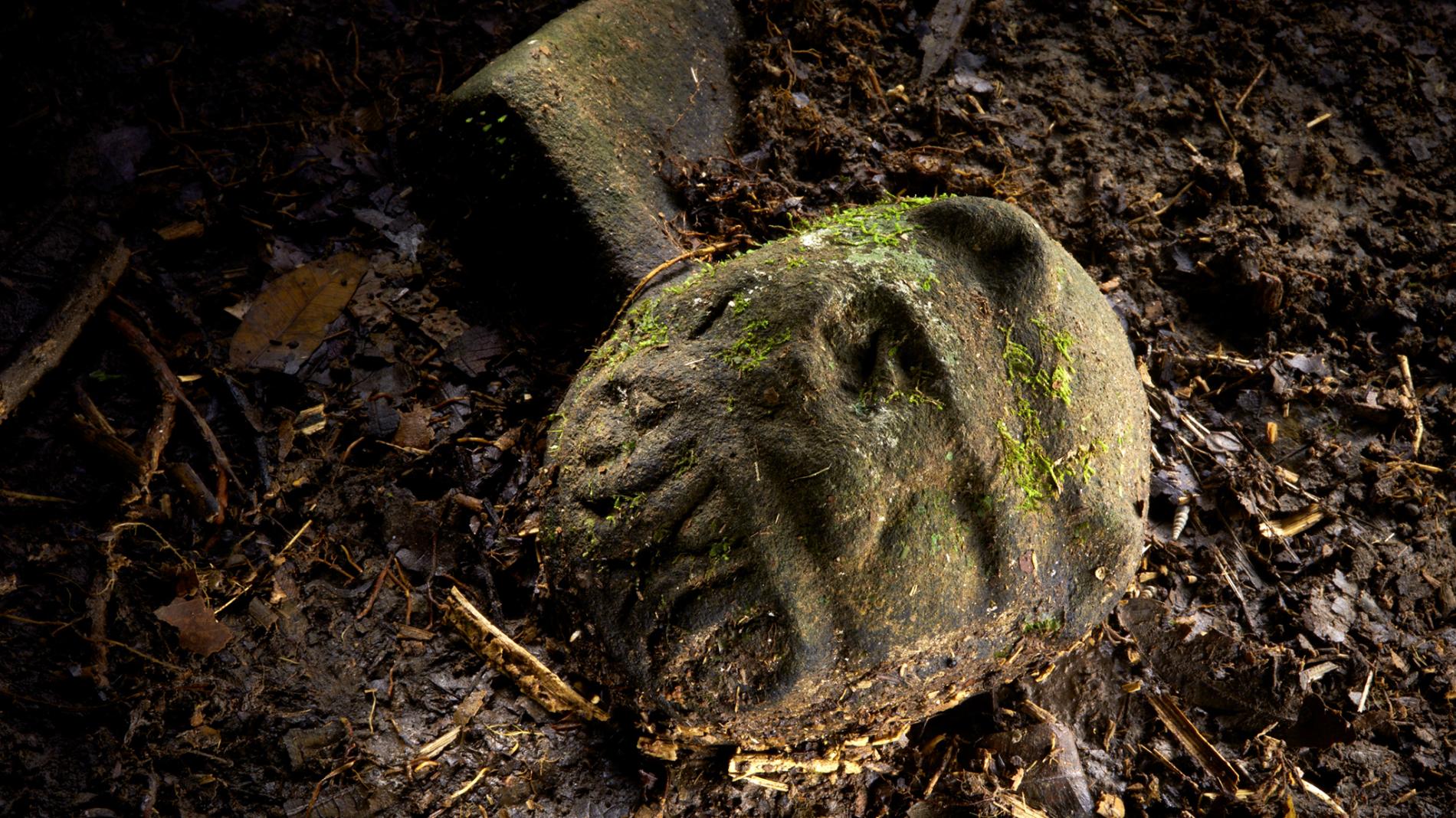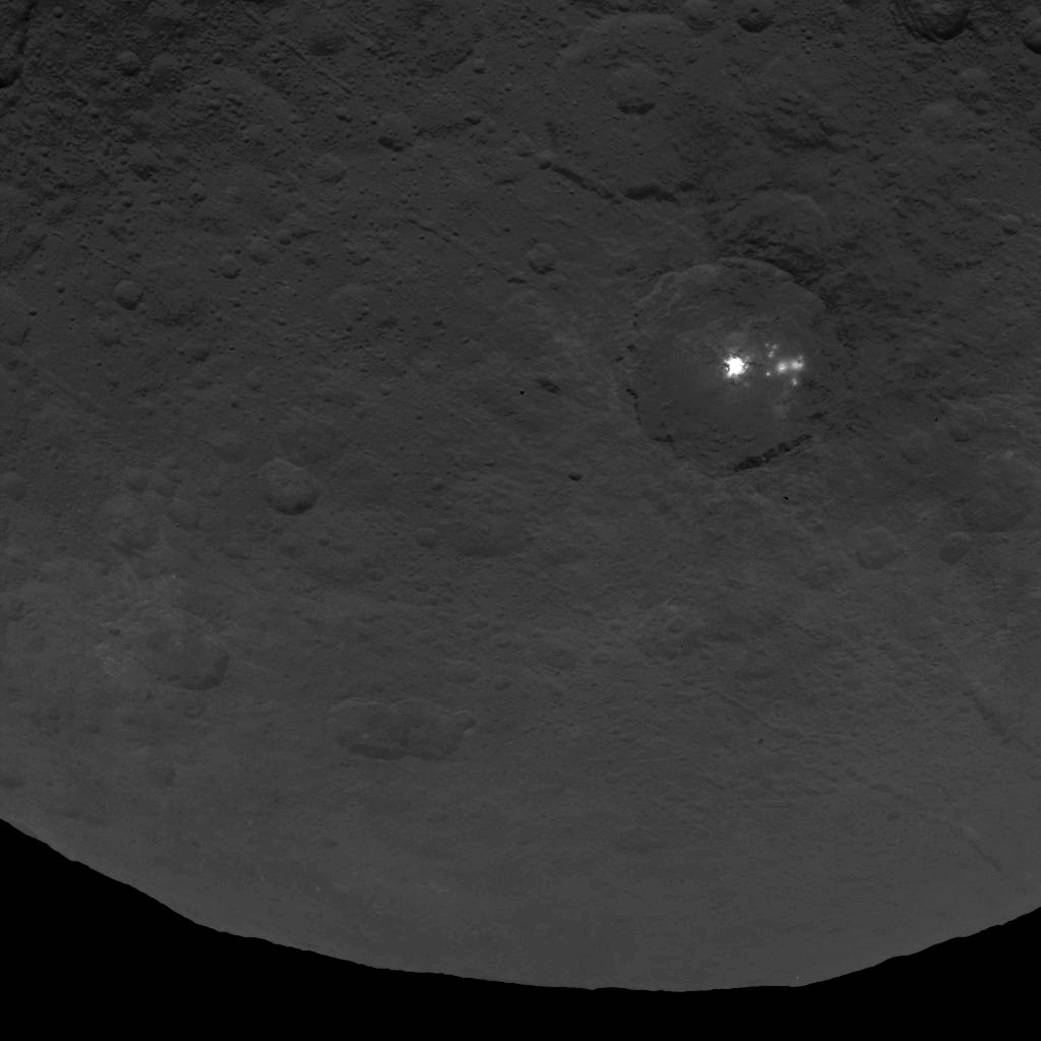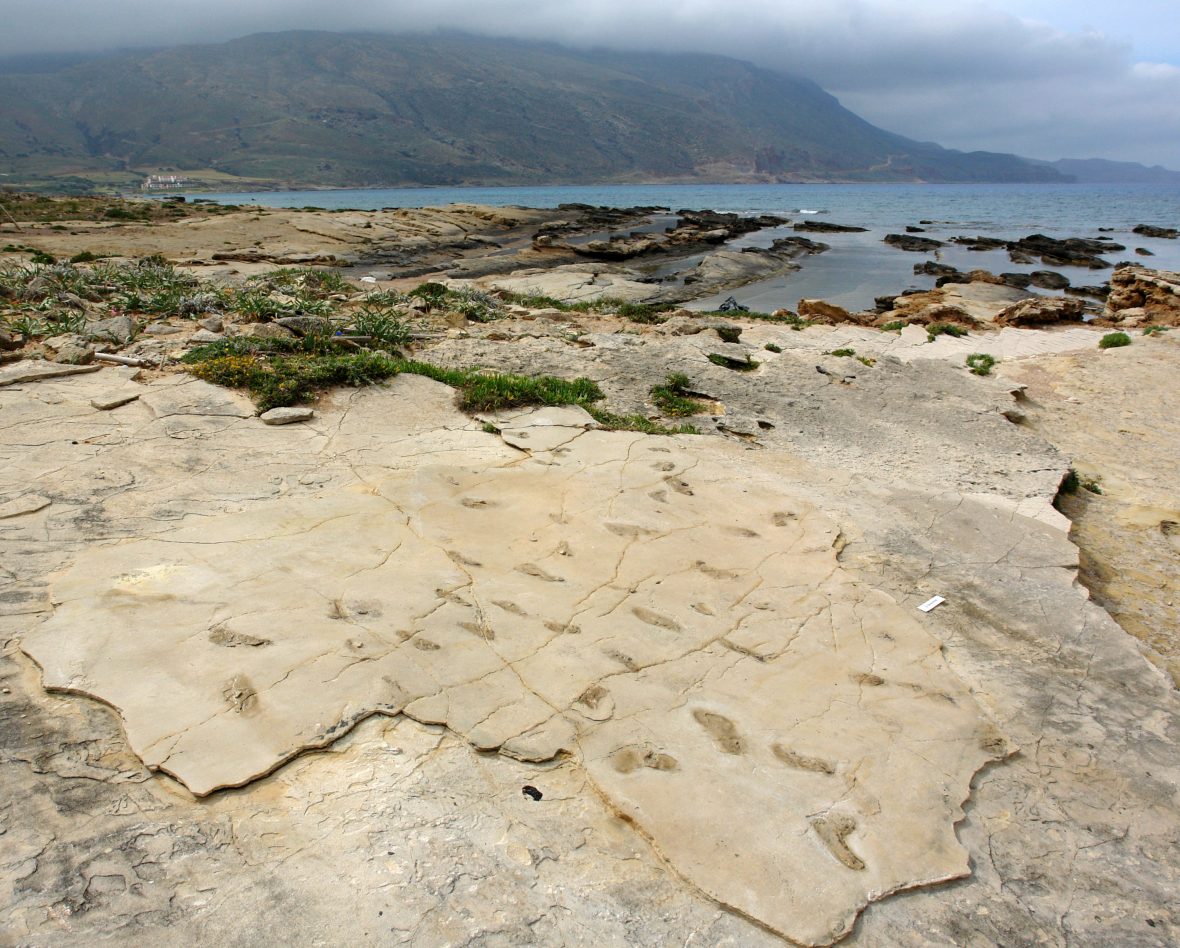Archaeologists in France have discovered an ancient Celtic burial ground from around the 5th 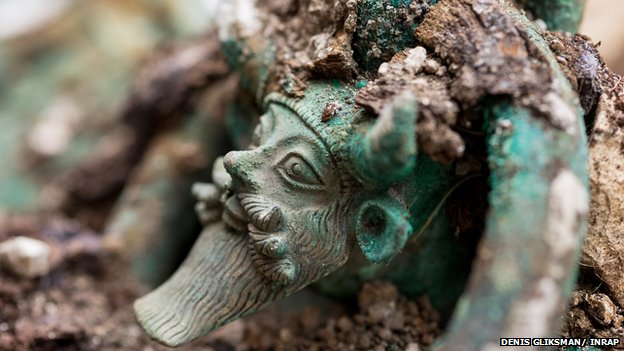 century with a skeleton buried alongside a chariot, a long bronze sword found in its sheath, and magnificent Greek and possibly Etruscan artifacts.
century with a skeleton buried alongside a chariot, a long bronze sword found in its sheath, and magnificent Greek and possibly Etruscan artifacts.
Experts are not entirely certain of the gender of the 2,500 year old remains, but they believe it is an ancient Celtic prince because of the items that were found at the site.
They say he died in Lavau, near Troyes.
Here is what France’s national archaeological dig institute had written:
In the center of a tumulus 40 m in diameter, the deceased and his chariot lie at the heart of a vast burial chamber of 14 m², one of the largest recorded by archaeologists for this time of the end of the early Iron Age ( Hallstatt). Under the collapse of the tumulus levels, the tomb contains funerary deposits worthy of the highest wealth Hallstatt elites.
Arranged at an angle, the most ostentatious objects consist of pools, a cist (bucket) bronze with a thin ceramic fluted décor, a knife in its sheath. The centerpiece of the funeral filing room is a bronze cauldron, about 1 m in diameter.
Four circular handles are adorned with heads Acheloos Greek river god here represented horned, bearded, with bull ears and a triple mustache. The edge of the pot is decorated with eight heads of lions. The work is Greek or Etruscan. Inside the pot rests a ceramic oinochoe Attic black-figure Dionysus lying under a vine faces a female character. It would be a banquet scene, a recurring theme in Greek iconography. The lip and the foot of the pitcher are set with a gold plate, highlighted a watermark meandering decor. It is the northernmost to date. This service Greco-Italic original drink reflects the banquet practical Celtic aristocratic elites.
Celtic principalities and Etruscan and Greek city-states
The late sixth century and the beginning of the fifth century BC are marked by the development of the economic activity of Etruscan and Greek city-states of the West, especially Marseille. In search of slaves, metals and precious goods (including amber ), the Mediterranean traders come into contact with the continental Celtic communities.
Those mastering natural means of communication , especially in the area of the interfluve Loire- Seine- Saône- Rhine-Danube , benefit from this traffic and have their elites acquire many goods of prestige which the most notable are found buried in monumental tombs tumulary – La Heuneburg Hochdorf and Germany, for example , in Bourges, Vix and now Lavau .

Moe is the founder of GnosticWarrior.com. He is a father, husband, author, martial arts black belt, and an expert in Gnosticism, the occult, and esotericism.


